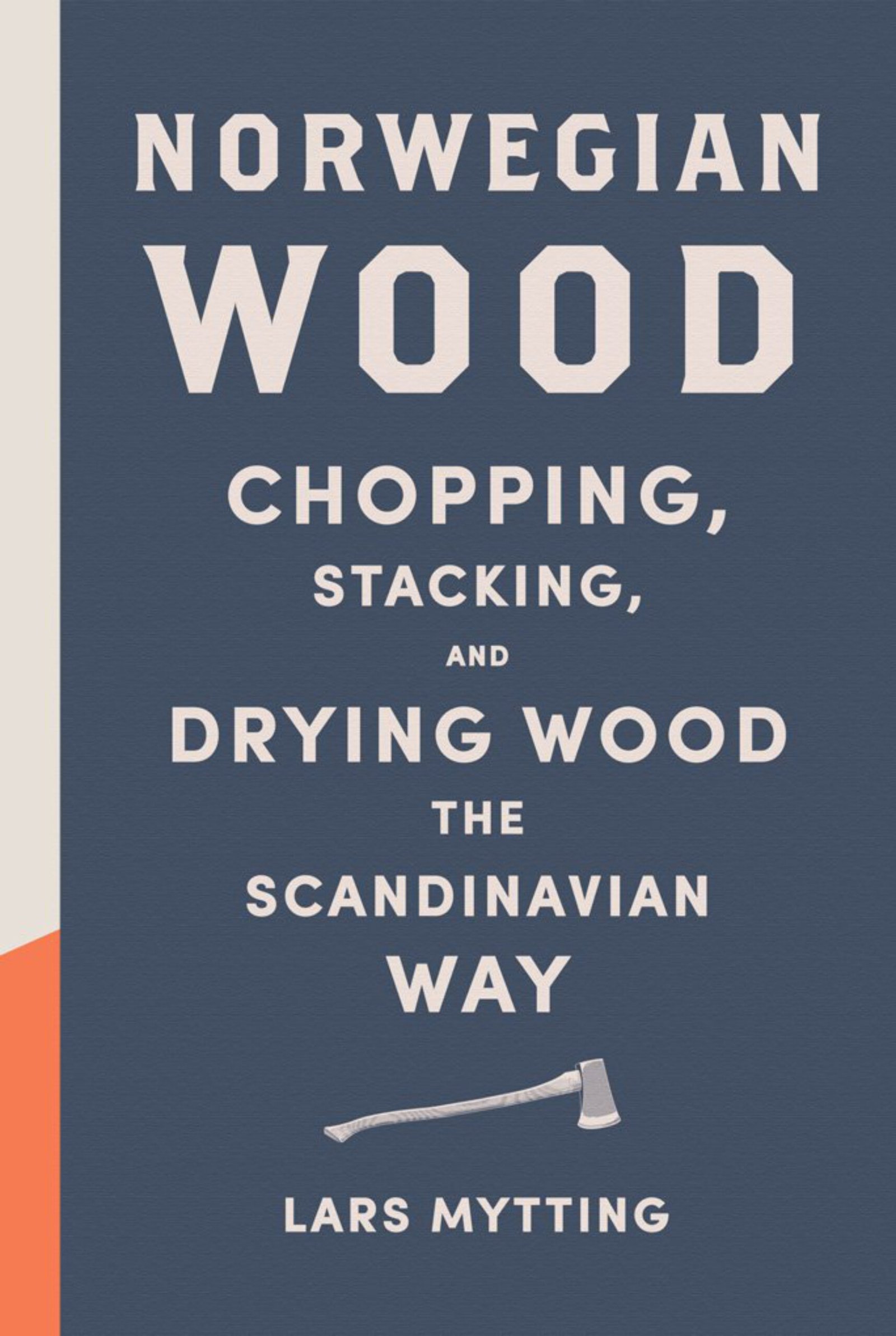An early-morning attack
On Tuesday 9 April 1940, in the early hours of the morning, Hitler-Germany’s troops attacked Oslo and the Kingdom of Norway, dragging the peaceful country into World War II.
The Norwegian authorities seemed utterly unprepared for the sudden invasion, and the royal family and the country’s government quickly fled north to avoid capture.
Sixteen months earlier, on 20 November 1938, Norway had lost its first own queen consort in modern times: Her Majesty Queen Maud of Norway.
69 years earlier, Maud was born a princess of the United Kingdom (UK) in London, as the youngest daughter of the later King Edward VII and his queen consort Alexandra, and she was the granddaughter of Queen Victoria.
Passed away during her annual Christmas trip
Queen Maud died during her annual pre-Christmas trip to her beloved homeland.
She left behind a grieving family: her husband King Haakon VII of Norway, her son Crown Prince Olav, her daughter-in-law Crown Princess Märtha, and the queen’s three young grandchildren: the princesses Ragnhild and Astrid, and Prince Harald.
What first looked like a routine operation
Queen Maud had spent time at Appleton House, her relatively simple UK residence, close to Sandringham House, Maud’s primary childhood home.
It was when she later travelled on to London, that she fell ill and was hospitalised. The queen underwent abdominal surgery, and modern-day information suggests that she suffered from advanced cancer.
As soon as he heard the news, her husband King Haakon travelled from Oslo to London, via rail down the European continent, and across the English Channel by boat.
At first, the Norwegian newspapers printed uplifting bulletins. In its evening edition on Saturday 19 November 1938, the newspaper Aftenposten reported that the Queen’s condition was improving: pulse and temperature normal.
The newspaper went on to report that the queen had slept well through the night. Her pain had subsided considerably, and Her Majesty was in good spirits.
The Queen’s lady-in-waiting, Ingeborg von Hanno, was with her at the clinic.
By now, King Haakon had arrived in London, and had been visiting his wife during the day.
The uplifting news was not to last
Sadly, the good news was not to last. In the early hours of Sunday 20 November 1938, the queen died in her sleep – and King Haakon had lost his partner and companion of 42 years.
As referenced by Aftenposten on Monday 21 November 1938, the King issued a statement later that same day:
«When our great Lord now has taken The Queen away from me, it is a heavy blow. But I understand that there is a higher purpose, and that a wise and loving force has made this happen, so as to spare The Queen any more suffering and a future weakened health».
On Sunday 20 November, the news of the queen’s death went like wildfire through the Norwegian capital Oslo and the rest of the country.
No resting place prepared
That the queen’s passing was unexpected is clear: Norway had not yet determined the location of a final resting place for the members of its modern-day royal family.
It would take more than ten years before the queen was laid to rest in the current royal mausoleum at Akershus Castle in Oslo. During the intervening decade, the royal coffin had a rather unexpected journey.
The last return to Oslo and the funeral
On Saturday 26 November 1938, on what would have been Queen Maud’s 69th birthday, the British battleship HMS Royal Oak – accompanied by two British destroyers – brought the queen’s coffin back to Norway.
Three Norwegian naval vessels met the ships at the mouth of the Oslofjord, escorting their departed queen up the long-stretched fjord, to the capital Oslo.
It must have been a mighty procession – making a big impression on those who followed it along the coast as daylight broke.
The coffin was brought ashore at Honnørbryggen in downtown Oslo, and from there taken to the nearby Akershus Castle chapel, where the queen was to lie in state until the funeral.
The funeral took place on Thursday 8 December 1938 in Our Saviour’s church – Vår Frelsers Kirke – today called Oslo Domkirke.
Temporary placement of the coffin
After the funeral, the royal coffin was brought back to Akershus Castle and placed in The Margrete Hall – Margretesalen, awaiting the completion of a royal tomb.
Opinions on where the royal burial chamber was to be placed were strong, and St Olav’s Nidaros Cathedral in Trondheim – 500 kilometres north of Oslo – was a location favoured by many.
After much discussion, it was decided that the modern-day kings and queens of Norway were to be laid to rest in the country’s capital – in a mausoleum built in the heart of the monumental Akershus Castle.
This would give the king and his family a chance to visit the queen’s grave, without having to travel halfway through the north-stretched Norwegian territory.
Dramatic days of German occupation in April 1940
The royal coffin was still placed in The Margrete Hall when Hitler-Germany attacked Norway on 9 April 1940.
As the King and the rest of the royal family fled the capital, the queen’s coffin was left alone and unprotected.
In the early days of the war, bombs were dropped nearby, but did not damage The Margrete Hall or the surrounding buildings.
A senior member of the royal household, hoffmarskalk Peter Frederik Broch, and the bishop of Oslo, Eivind Berggrav, decided to move the coffin to a safer place, before the German invaders became aware of it.
On 19 April 1940, the queen’s coffin was secretly transported through the streets of Oslo.
On Saturday 17 December 1949 – nearly ten years later – the newspaper Aftenposten described what happened on that day:
«If a new bombardment should occur, the situation could become critical.
Secondly, one would expect that the Germans – who at this stage had occupied the entire fortress – at any moment could enter the queen’s temporary resting place and find the coffin.
The moving of the queen’s remains was initiated in secrecy.
The bishop was given the keys to the hall by Akershus’ Norwegian commanding officer, and only Norwegians were present and assisted in the undertaking».
From Akershus Castle, the journey went to the Gamle Aker Church – Gamle Aker Kirke – the oldest standing building in modern-day Oslo.
Aftenposten goes on to report:
«The coffin was brought through the streets of the city by car, without attracting any attention.
In the crypt of Gamle Aker Church, an altar was built. On top of the coffin, lay the royal standard and the family wreath.
Afterwards, the crypt was sealed off.
Through the head of the royal household – hoffsjef Wedel Jarlsberg – at that time in the Swedish capital Stockholm – the king was informed of the fact that the queen’s coffin had been moved».
The queen was left to rest alone in this dark and hidden tomb, and the future of her family was at best unclear.
At that time, in April 1940, no one could know if the Norwegian royal family would ever return to its country and its people.
A triumphant return
King Haakon and his family made a triumphant return to Norway after the collapse of Hitler-Germany in 1945.
But it would still take several years before Queen Maud’s final journey would be over.
On 16 December 1949, more than eleven years after her death, Queen Maud’s remains were finally laid to rest in the mausoleum at Akershus Castle.
On that day, Bishop Berggrav consecrated the new royal burial chamber, in the presence of the royal family.
In Gamle Aker Church, we still find a small memorial inscription, etched into one of the floor tiles, recalling that the church was once Queen Maud’s temporary resting place.
The royal mausoleum
Today, Queen Maud rests with her husband King Haakon, her son King Olav, and her daughter-in-law Crown Princess Märtha – in the beautiful but simple royal tomb at Akershus Castle.
Hundreds of visitors visit the royal Akershus burial chamber every year – most of them completely unaware of the queen’s long journey – from her deathbed in London – to this place of eternal rest.
Source: Aftenposten’s historical archive aftenposten.no | EGP.00023





